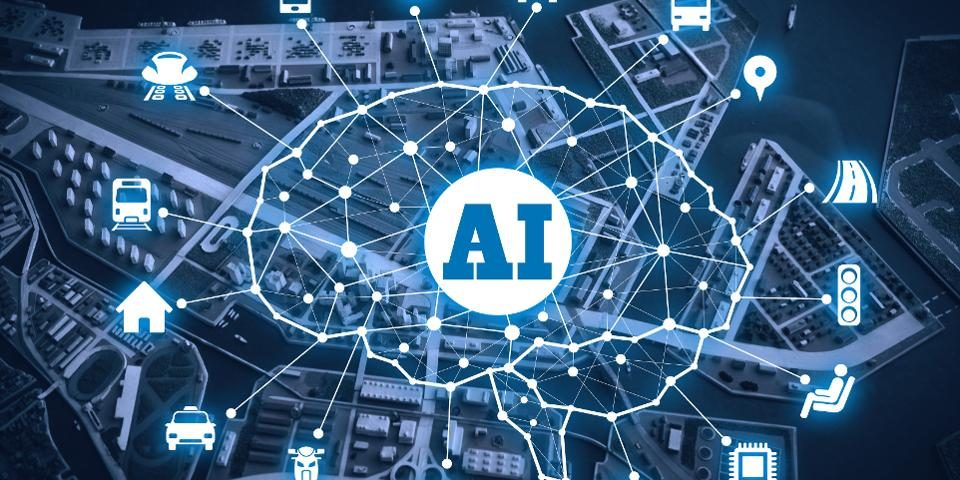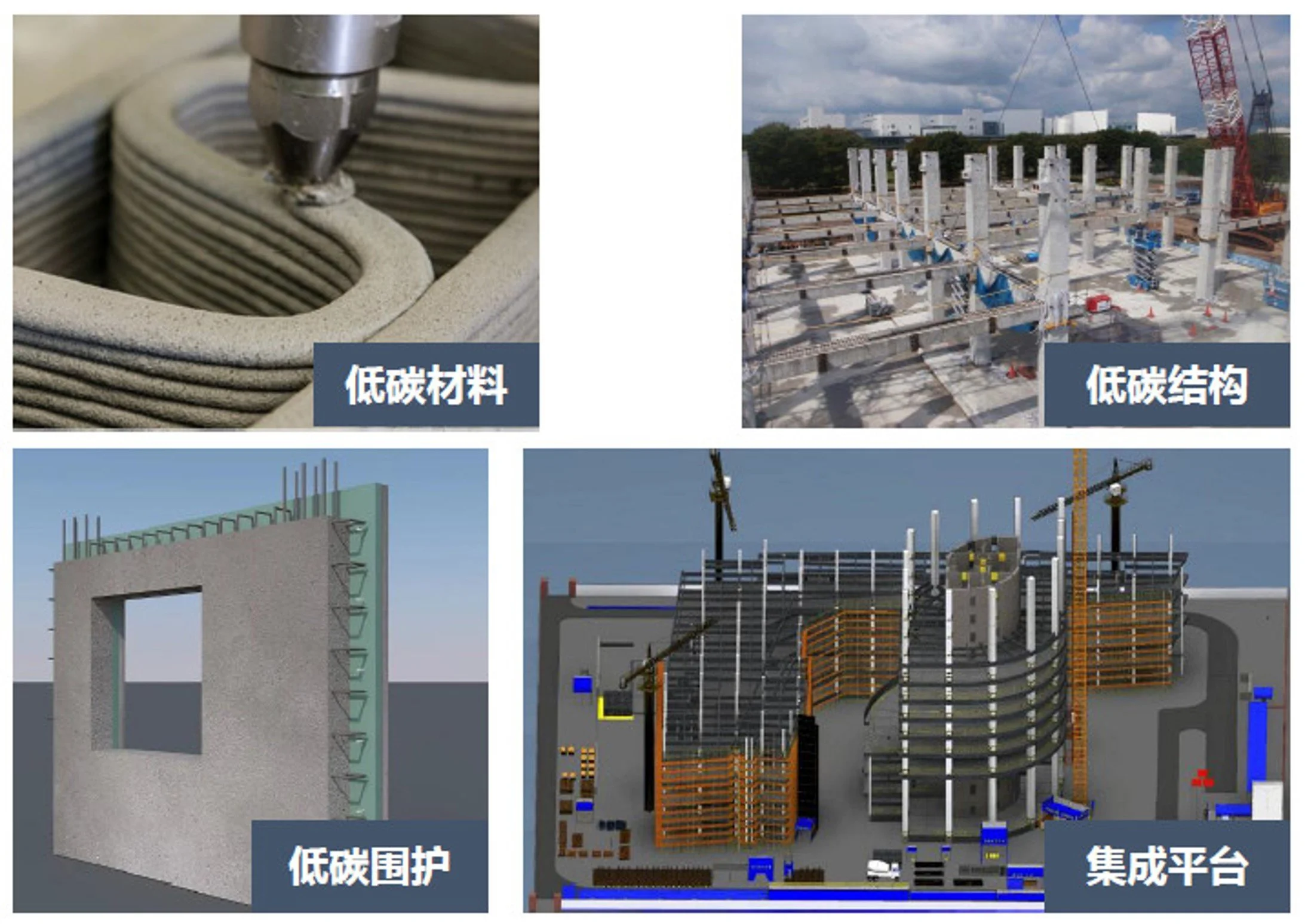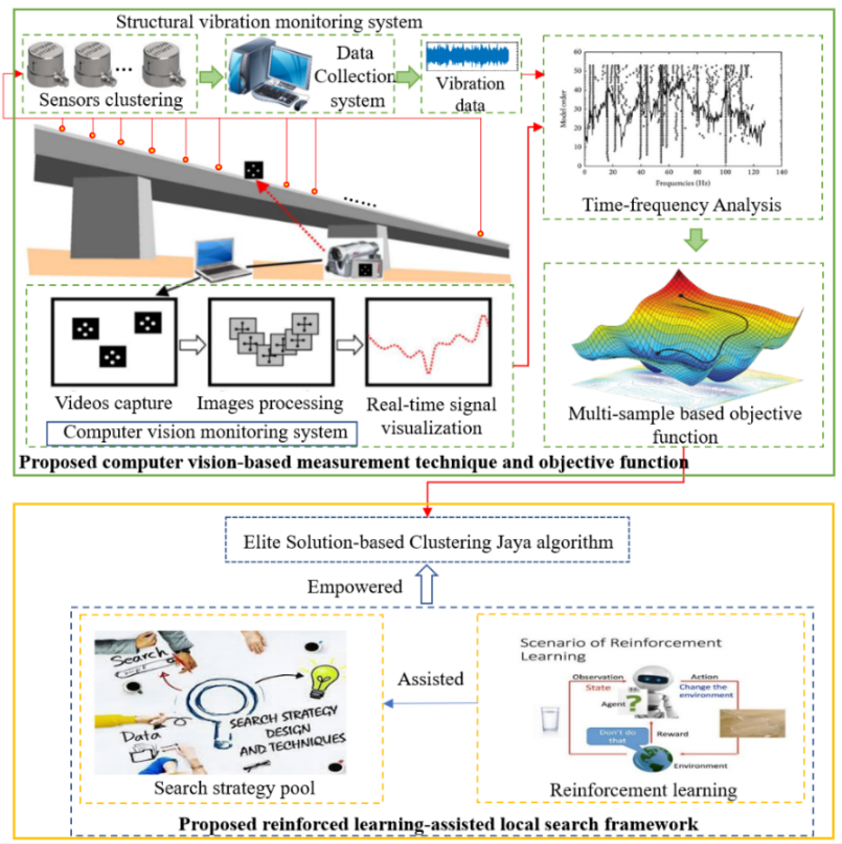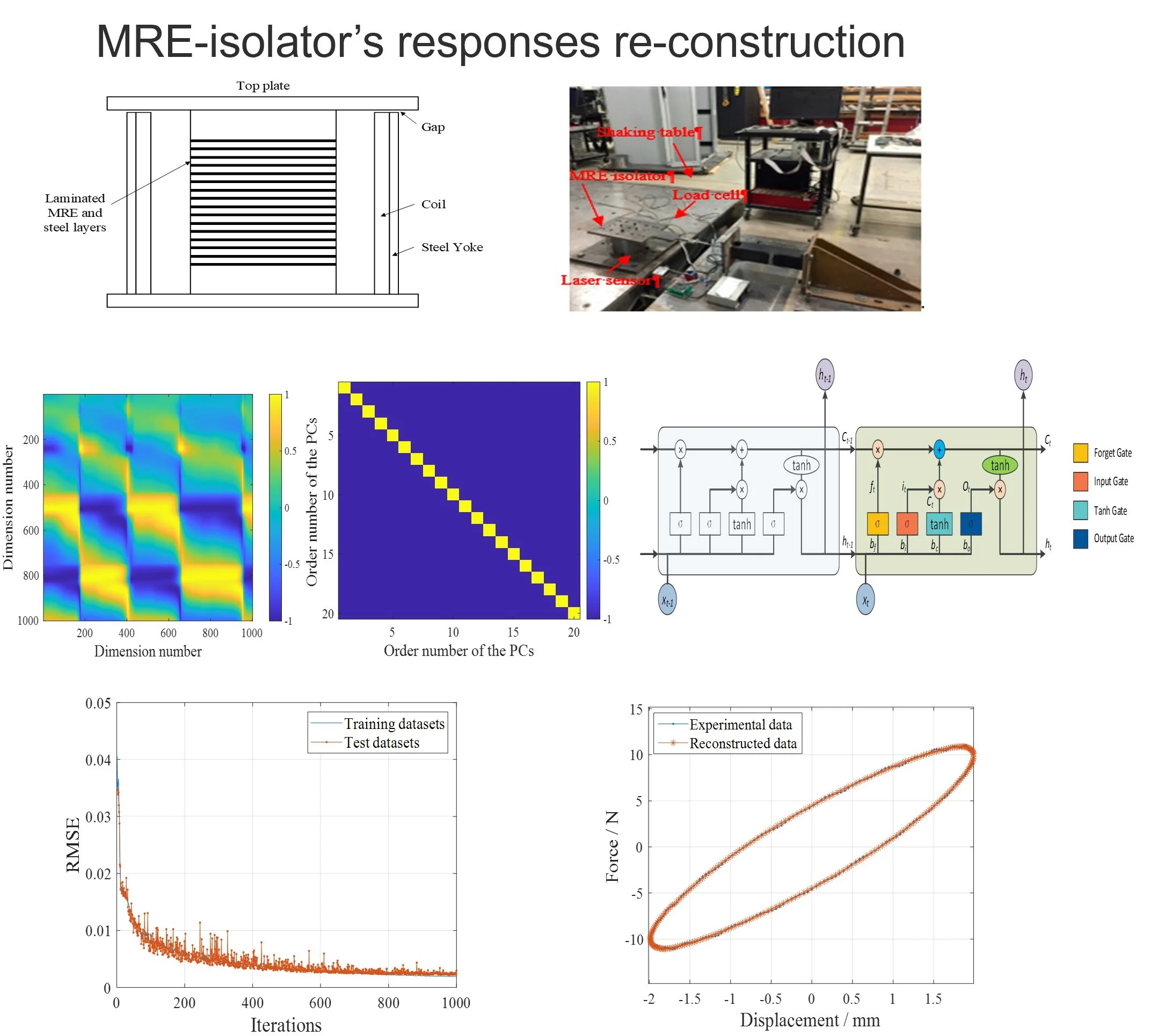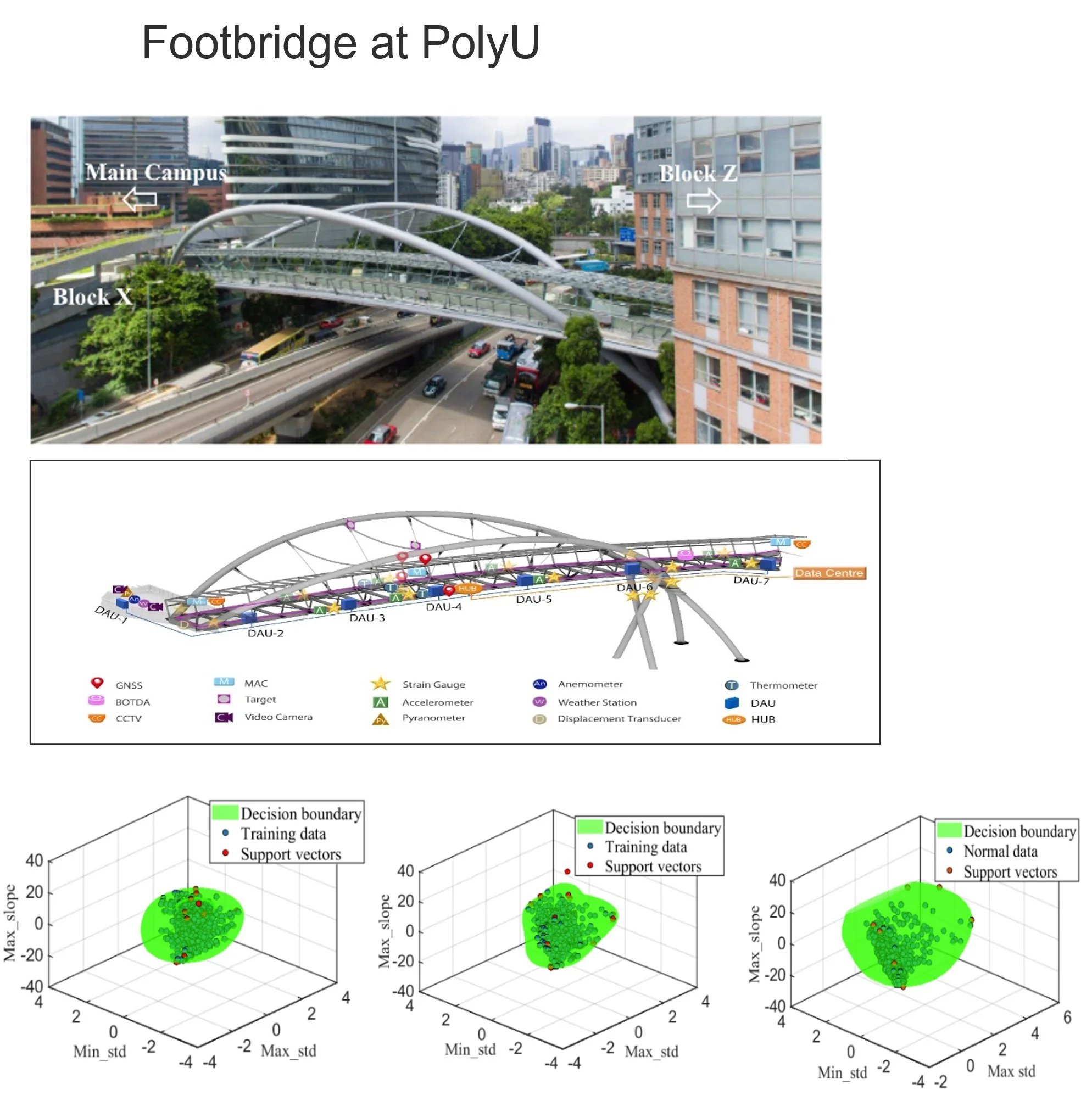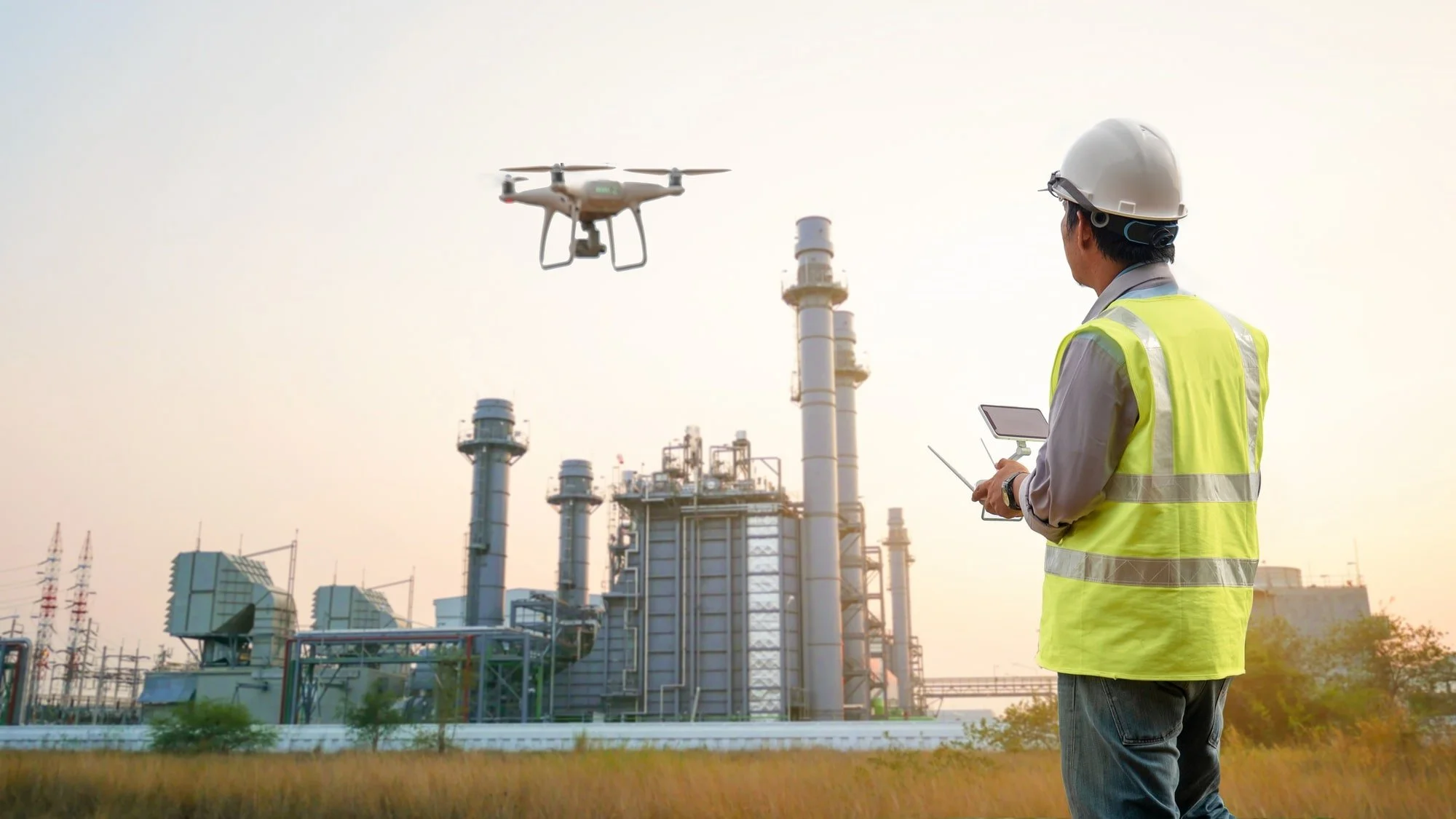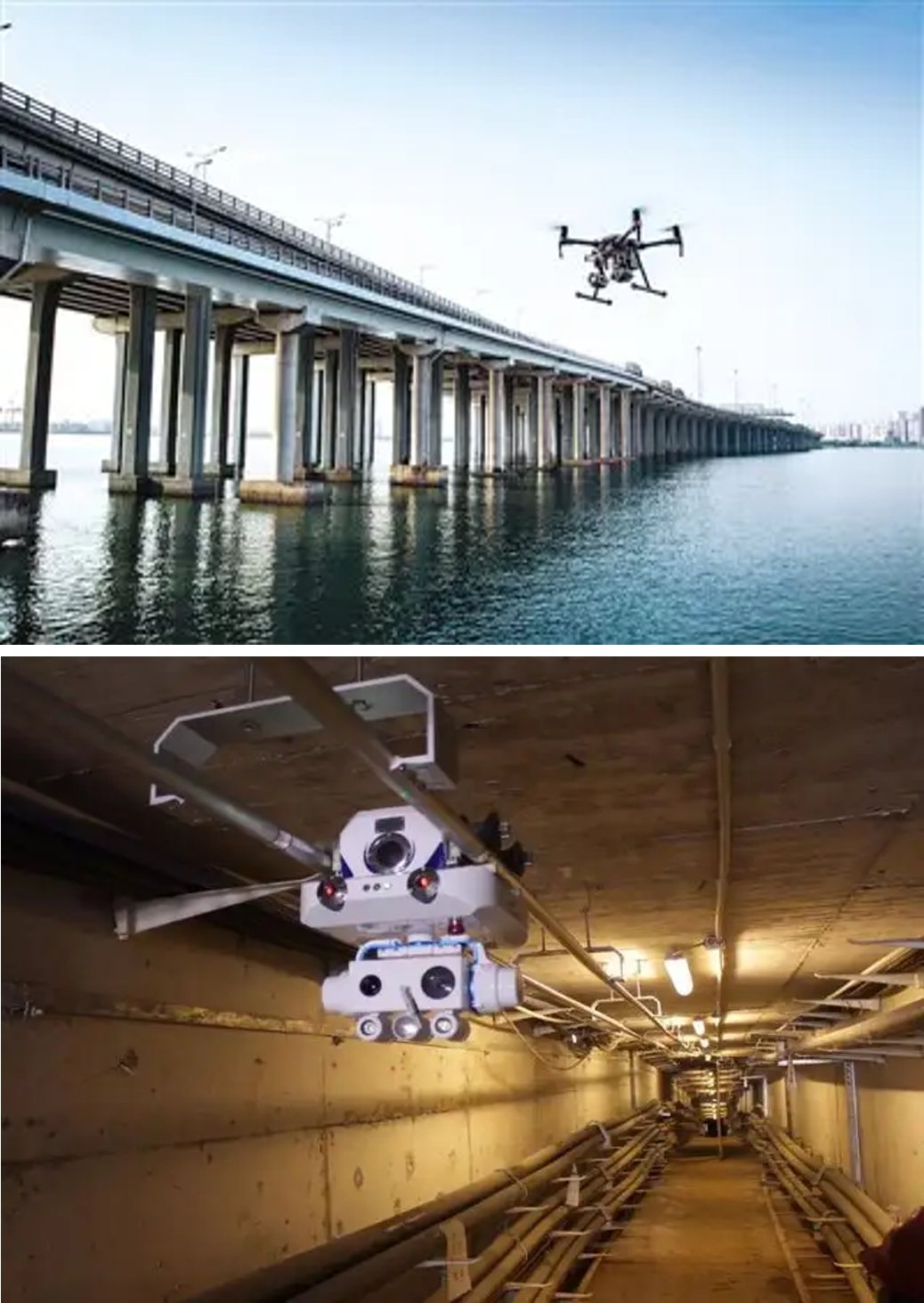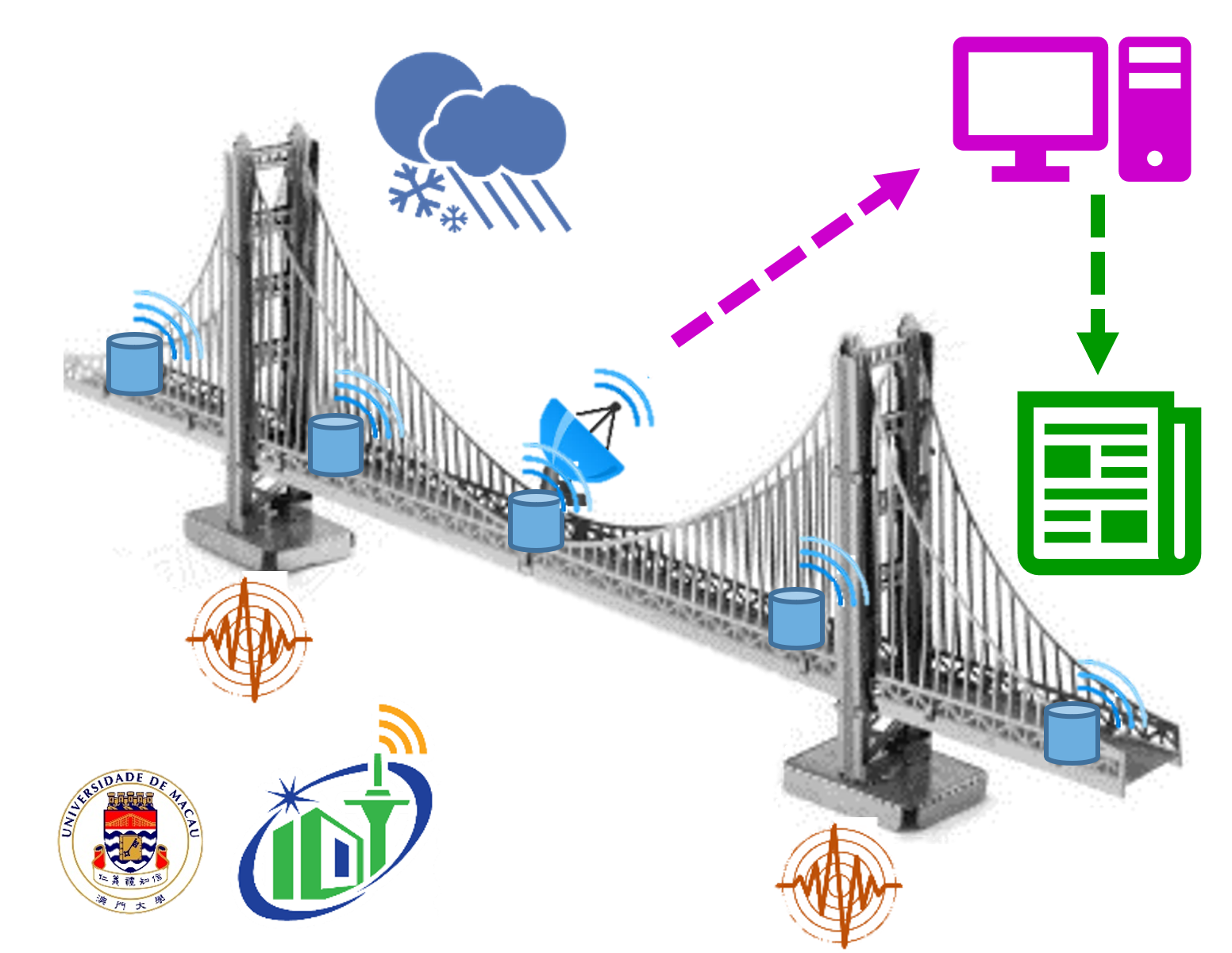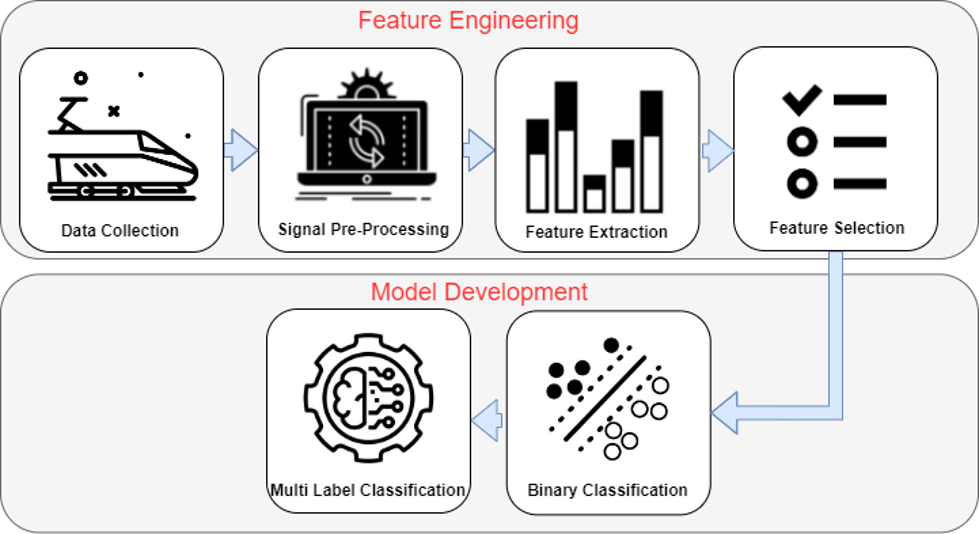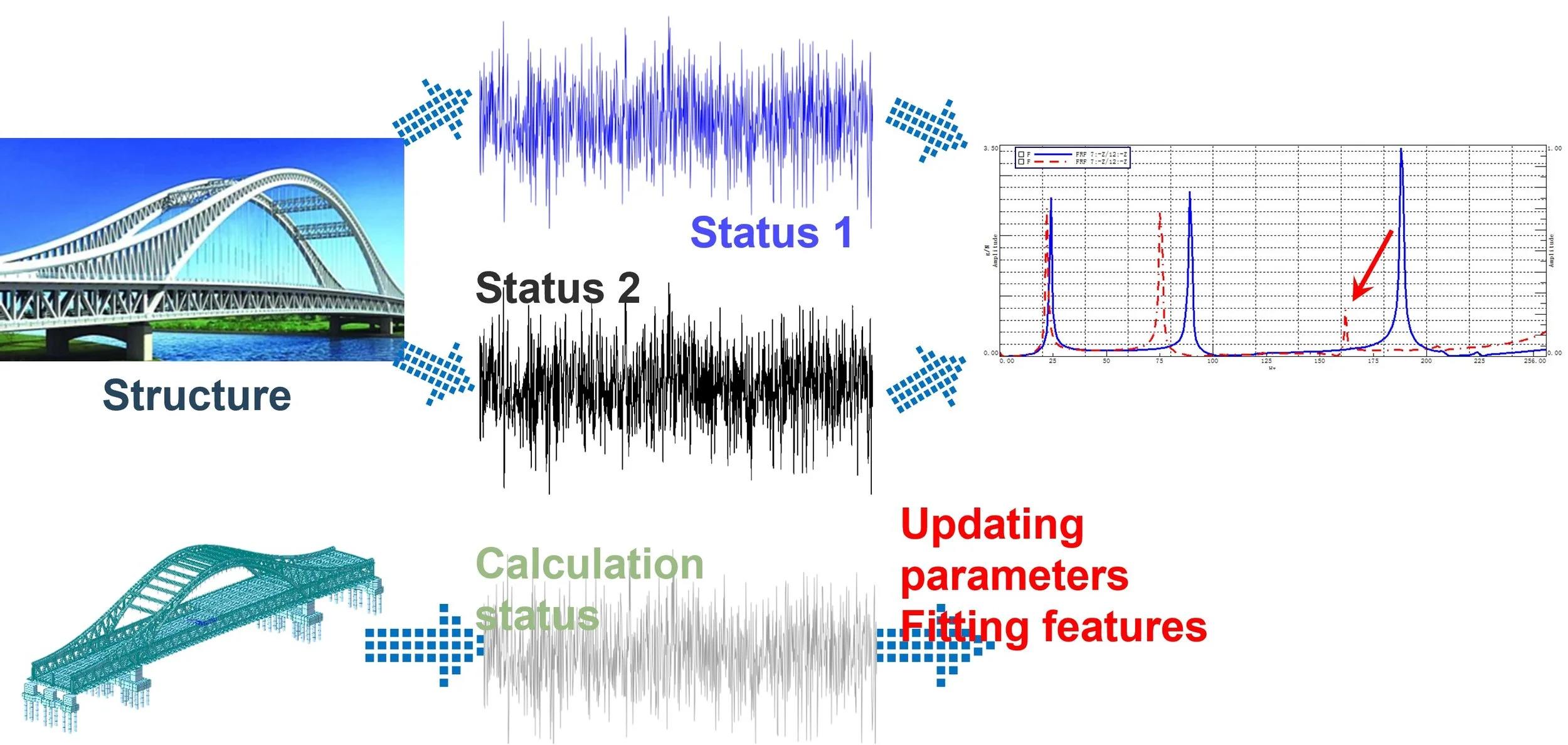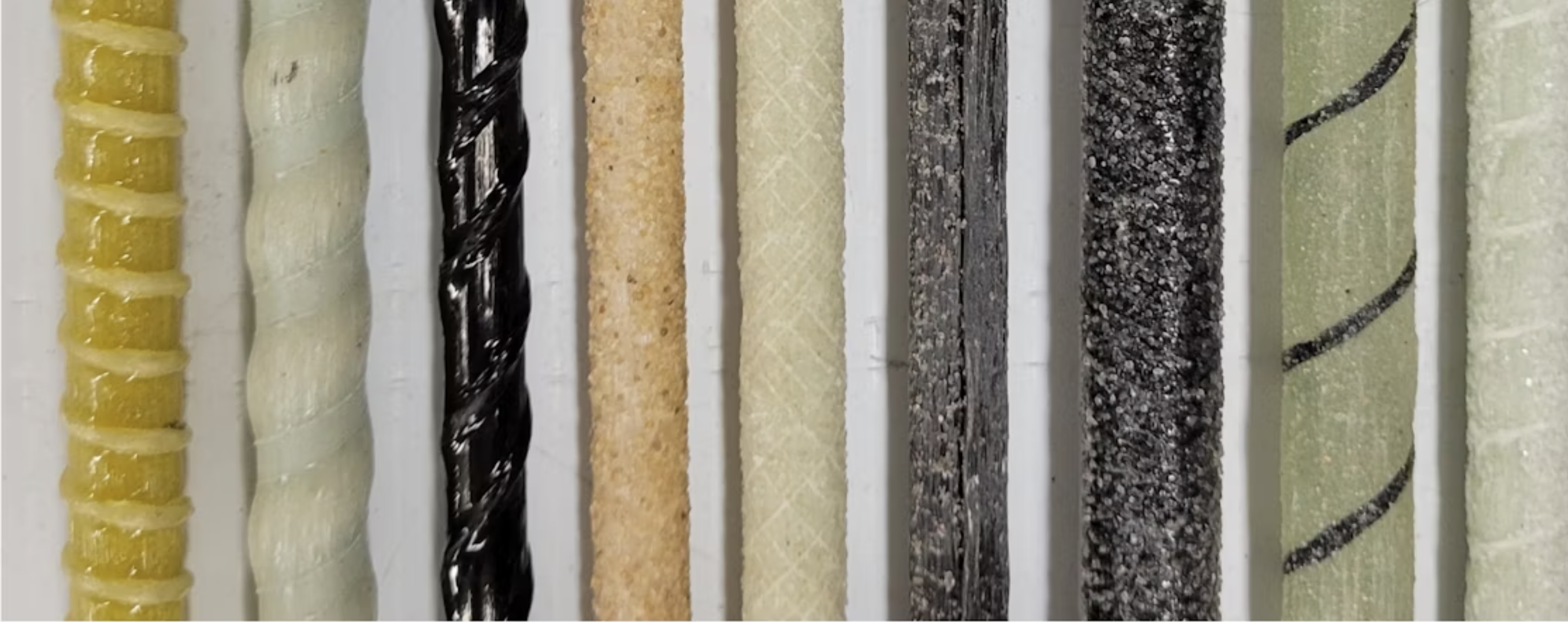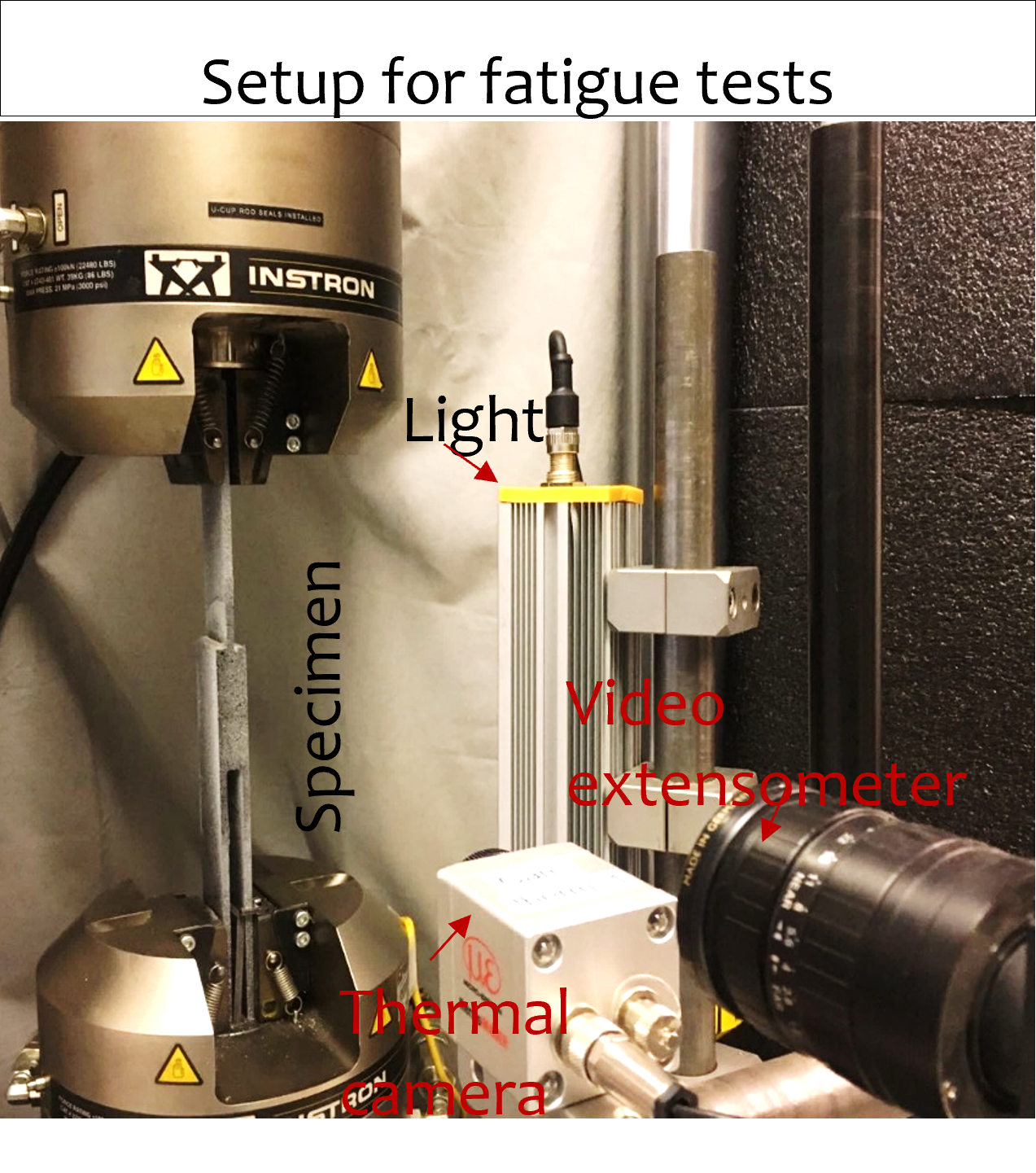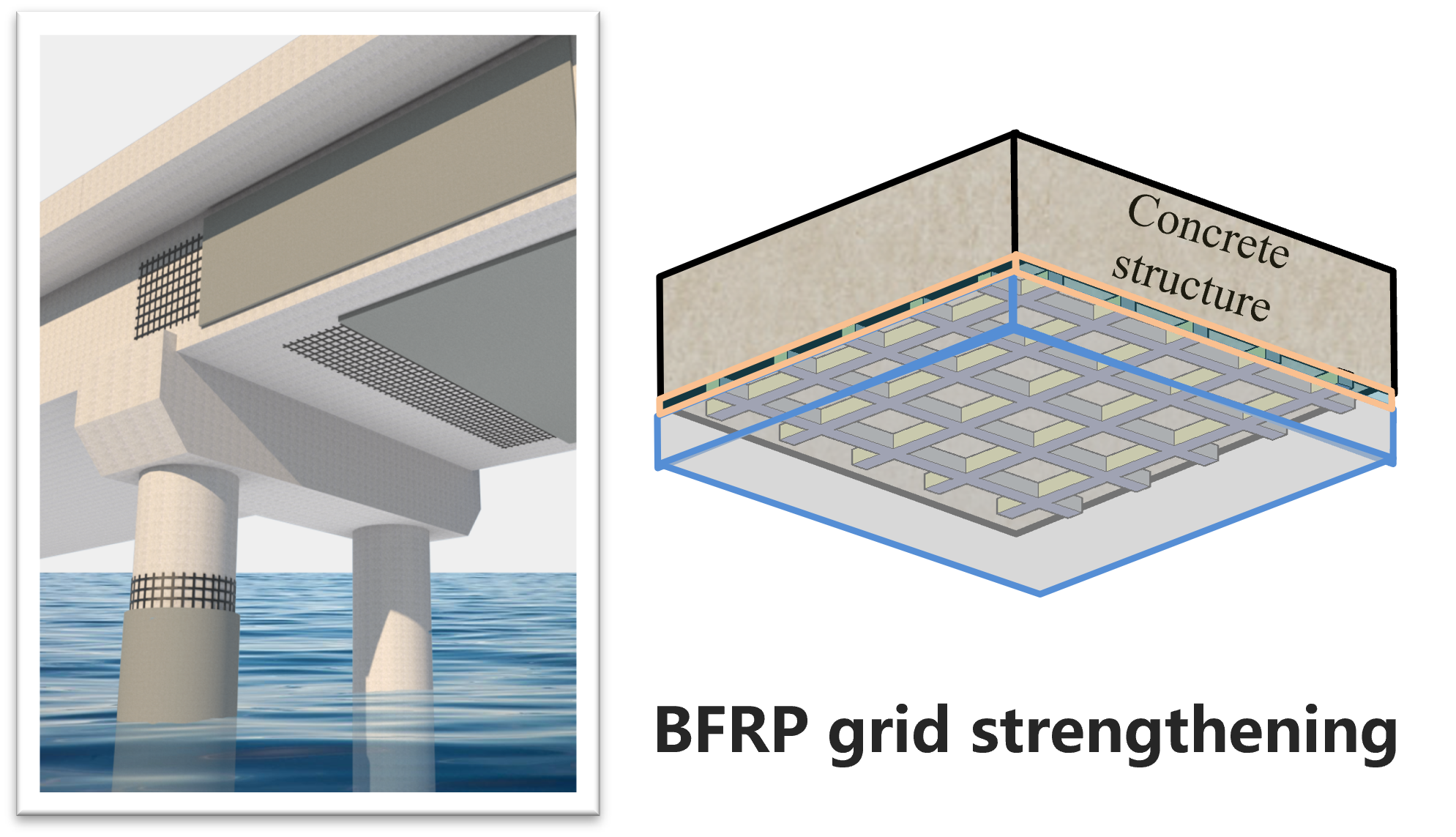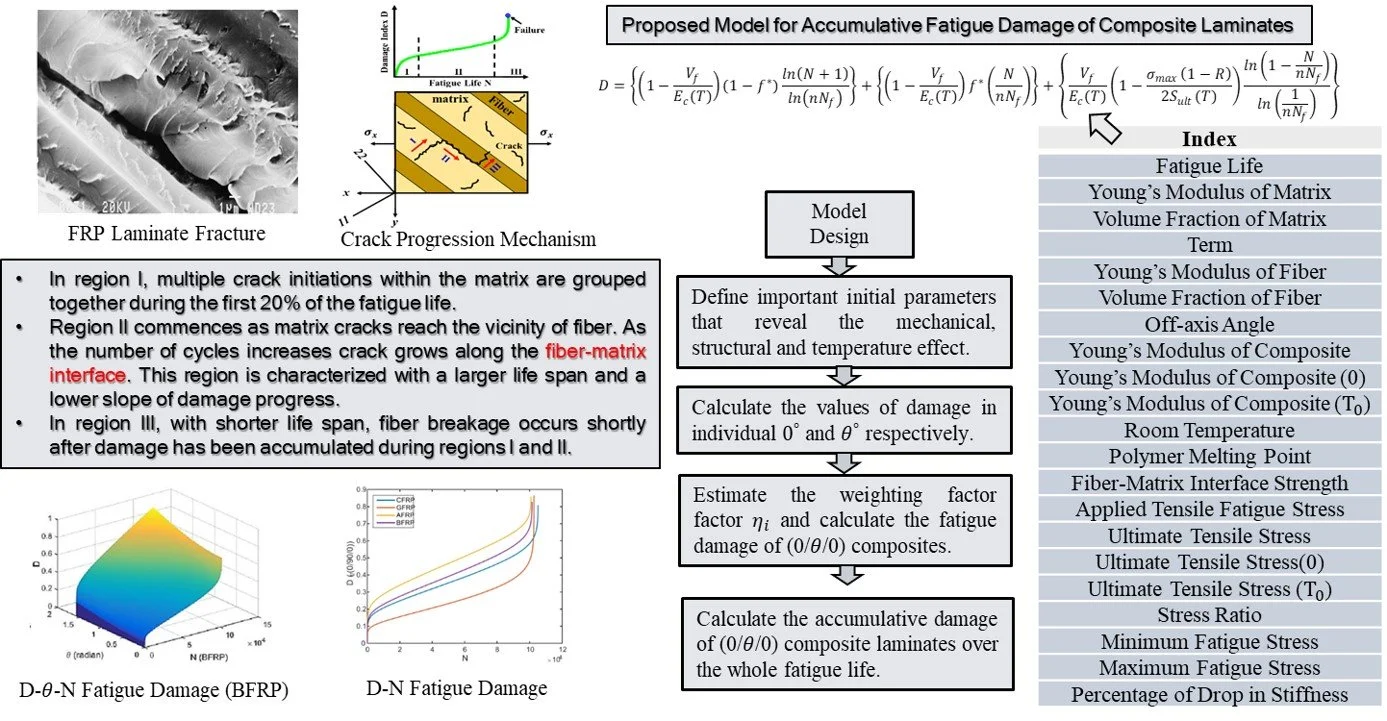
At IRI Center, we pioneer the convergence of Digital Twins, AI, and advanced infrastructure, weaving the threads of reliability and innovation through composite structures. Here, the future of smart structures is not just imagined—it's engineered.
Data-Centric Engineering, AI and Smart Technologies
IRI Member Involved:
Prof. Mohammad Noori
Research and Engineering Demonstration of Key Technologies for Low-Carbon Future Buildings
To carry out a batch of demonstration projects of low-carbon future construction covering different building types and different climate zones.
To develop a set of low-carbon oriented design methods for the whole life cycle of buildings
To form a full-chain low-carbon future building system of "design-build-energy-operation-maintenance-assessment", and build a set of technical standards system adapted to local conditions.
To research and develop a series of low-carbon construction, energy, operation and maintenance major equipment.
To propose the path of building carbon peak, based on the mechanism of building carbon emission.
Digital Twin Modeling of Composite pipeline structure health state through the Runge-Kutta neural network (RKNN) and Finite Element Models
An ECS technique is employed to measure electrical potential differences on composite pipeline surfaces, correlating with changes in dielectric properties from long-term water pressure loads inside.
A multi-physics FEM integrated with an RKRNN is designed for ECS-adorned GFRE composite pipelines under water pressure, enabling estimations of pipeline degradation by factoring in uncertainties from measurements, predictions, and other inputs.
A digital twin of the pipeline, reflecting quantified uncertainties, is created for real-time evaluations, predicting water absorption effects on pipe properties, facilitating damage identification, and promoting infrastructure resilience through stakeholder-informed decisions.
IRI Members Involved:
Dr. Wael Altabey
Prof. Mohammad Noori
Computer vision assisted FE model updating
Deep learning-based structural damage identification
Quantity of the hidden units of DBN, log-sum DBN, and arctan DBN, with an activation probability exceeding 0.5, are 30, 26, and 18.
Arctan DBN performs better than the DBN and the log-sum DBN in damage identification, even when the incomplete and uncertain modal data are used.
Structural Damage Identification Methods Based on Machine Learning
Structural parameter identification method based on hybrid evolutionary algorithm
A two-stage structural parameter identification method based on global-local hybrid strategy
A method for simultaneous identification of external load and damages based on regularization
A Structural damage identification method based on reference point-free correlation function
Deep Learning-Based Damage, Load and Support Identification for a Composite Pipeline by Extracting Modal Macro Strains from Dynamic Excitations
Deep Learning-Based Crack Identification for Steel Pipelines by Extracting Features from 3D Shadow Modeling
A Deep-Learning Approach for Predicting Water Absorption in Composite Pipes by Extracting the Material’s Dielectric Features
DFinite Element and Artificial Neural Network (ANN) Model of Electrical Capacitance Sensors (ECS) to Simulate the Pipelines Suffer from Internal Corrosion
Deep Learning-Based System Identification of Composite Structures Using Lamb Wave Excitations
Energy Conserving Materials, Sustainable Environment and Infrastructure
ReCharged – Climate-aware Resilience for Sustainable Critical and interdependent Infrastructure Systems enhanced by emerging Digital Technologies
Harness The Power of Digital Technologies
Application In Real World Assessments of Critical Infrastructure
Knowledge Transfer and Training
REsilient and SUstainable envelope for vulnerable buildings in seisMic affected areas at the time of climatE crisis
Urban Safety, Reliability and Hazard Mitigation
Nonlinear system identification & Anomaly data detection
A Novel Magnetorheological Elastomeric (MRE) Adaptive Seismic Isolator Using Curvelet Transform Identification
Reliability Evaluation of a Laminate Composite Plate Under Distributed Pressure Using: A Hybrid Response Surface method
Reaching Law Based Sliding Mode Control for A Frame Structure Under Seismic Load
Smart Sensing, SHM, Smart Cities and Intelligent Infrastructure
Technology and equipment for rapid post-disaster detection and evaluation of bridges
To develop fast moving detection equipment and evaluation means with the characteristics of mobile, unmanned, refined and comprehensive.
To achieve a comprehensive and accurate detection and evaluation of the external deformation and damage of the structure, internal damage and the overall performance of the structure.
Bayesian Intelligent Structural Health Monitoring (BISHM)
Ambient Effects Discrimination
Self-calibrative FEM
Data Pre-processing
Seismic Attenuation Modelling
Multi‐resolution Model Updating
Automated and Rapid Fault Diagnosis of Railway Tracks using In-Service Train Measurements
Structural modal parameters identification
To find out structural frequency-domain data;
Eliminate false modal data.
Vibration-based FE model updating
Sensitivity analysis
Updating parameters
Fitting features
Computational intelligence-based FE model updating
Structural damage patterns can be identified based on the proposed evolutionary algorithm
A Fatigue Damage Identification for Composite Pipeline Systems Using Electrical Capacitance Sensors (ECS)
Structural Health Monitoring (SHM) of Composite Pipeline Combined with an AI-Based Platform via Fiber Optical Sensing
Digital Twin Modeling of Pipeline Behavior Based on FEM Updating for Reliability Assessment
Machine Vision-Based Structural Diagnosis Application
A Deep Learning-Based Approach for Pipeline Cracks Identification
Advanced Fibers (Basalt Fiber, etc.) for Resilient Infrastructure
Lightweight composite key members based on integrated materials-structures adapted design
Research on the integrated design of FRP profiles based on connection efficiency
Improve joint connection efficiency and joint ductility through multi-axial layering
Improve component stiffness through hybrid design
Study on high-tensile FRP cable, anchorage, connector and lightweight long- span structure system
Stiffness-variable wedge by composite materials
Realize stiffness-variable wedge anchor
Load transfer components (LTC) by resin casting
Research on the performance of concrete structures strengthened with BFRP grid and geopolymer
Research on the optional mix design of geopolymer based on mechanical properties
Research on the bond mechanism of BFRP grid – geopolymer interface
Research on stress development law of the BFRP grid and failure mechanism of strengthened structures
Study on the novel normal concrete and ultra-high performance concrete with macro basalt fibers
Research on the interfacial bond behavior between macro basalt fiber and FRC/UHPC matrix
Research on the mechanical properties of the FRC/UHPC with macro basalt fiber
Research on long-term performance evolution law of the FRC/UHPC with macro basalt fiber
